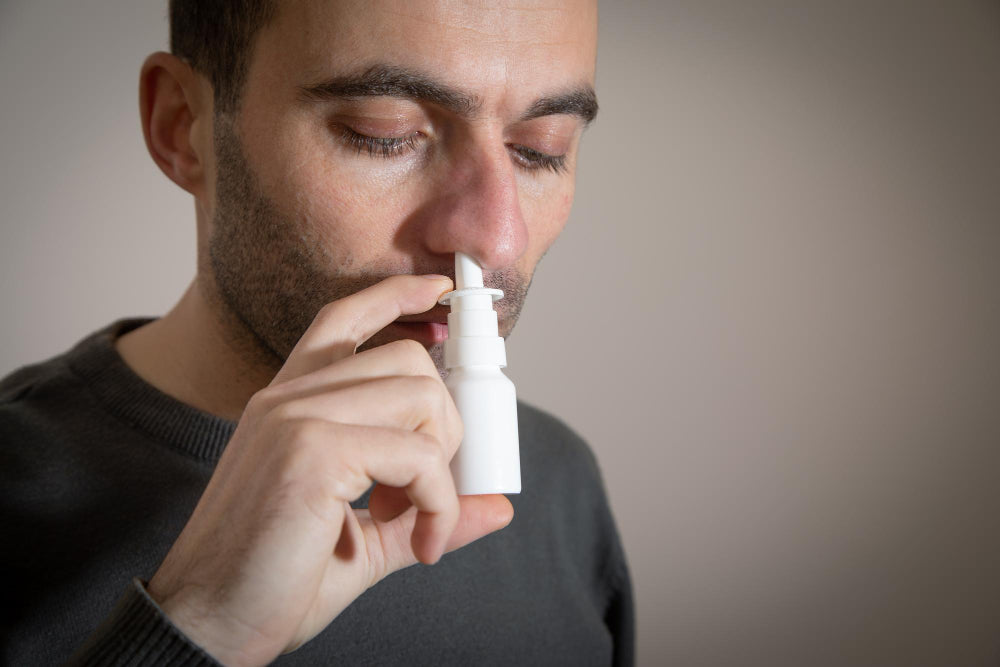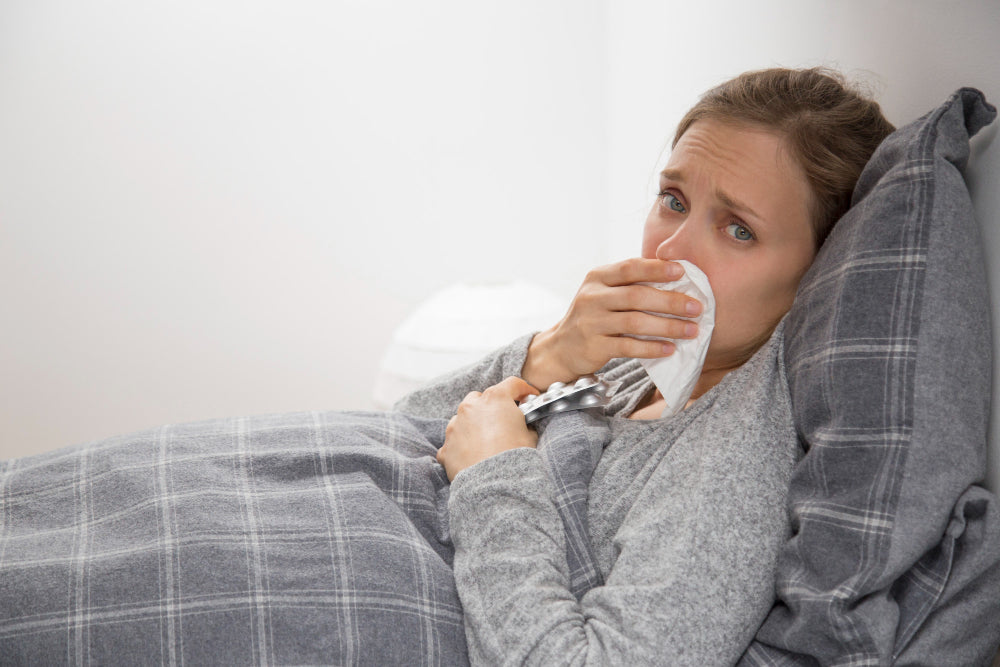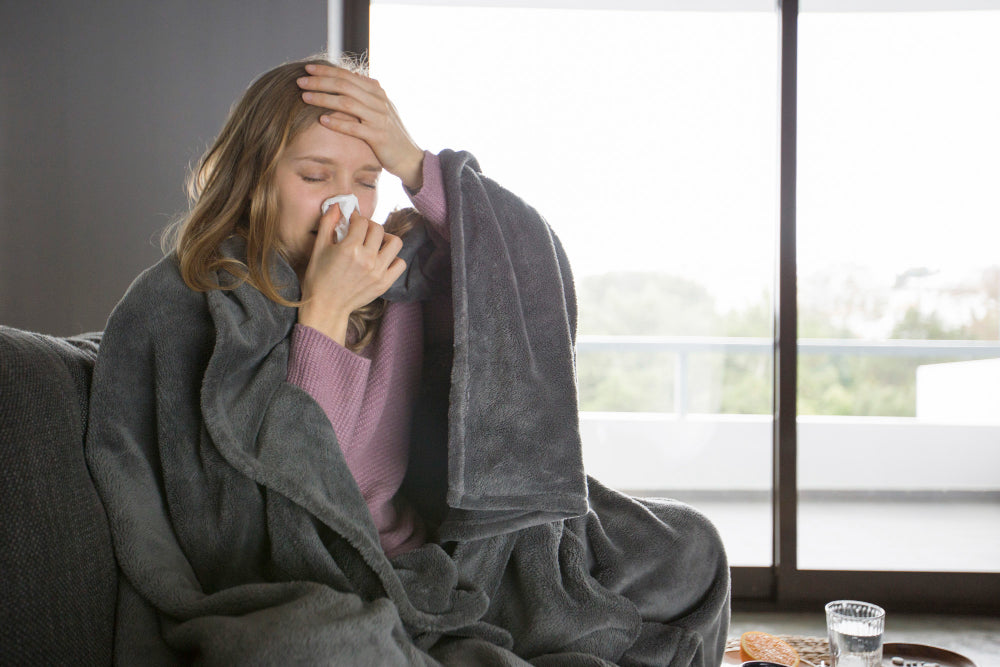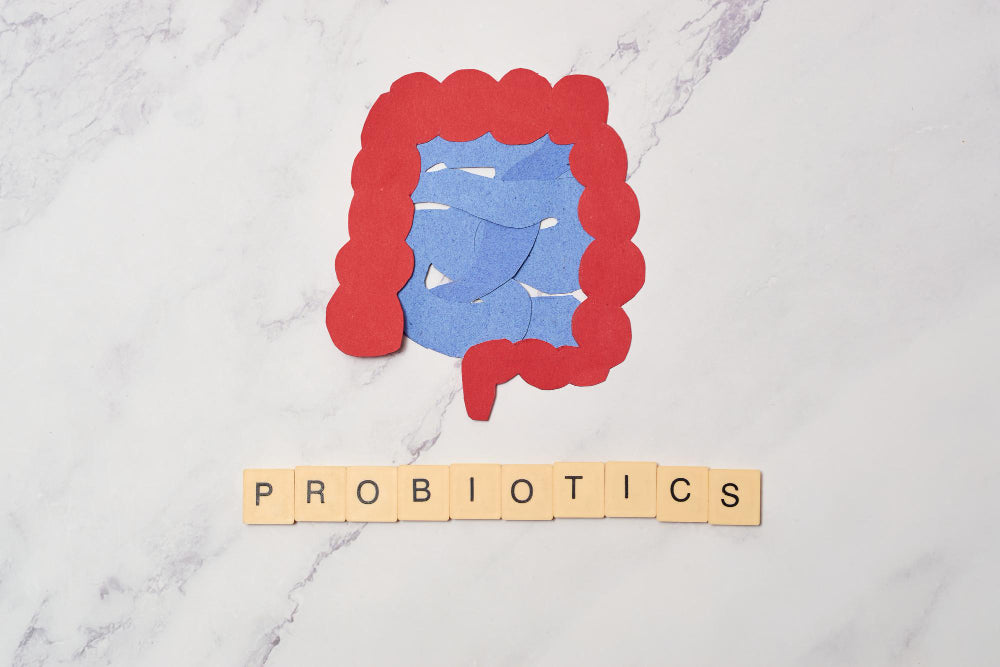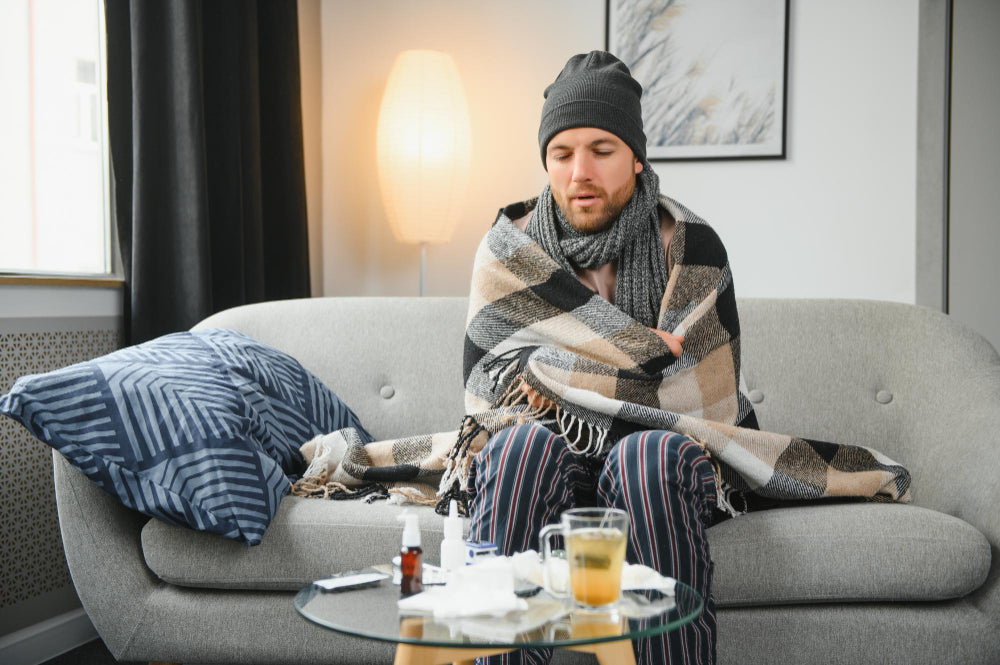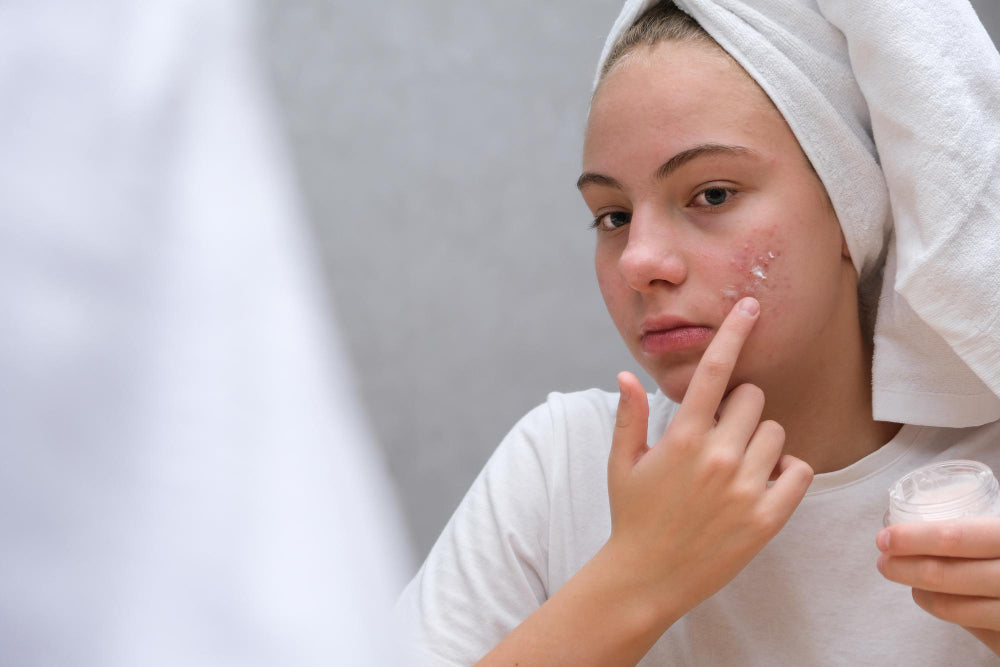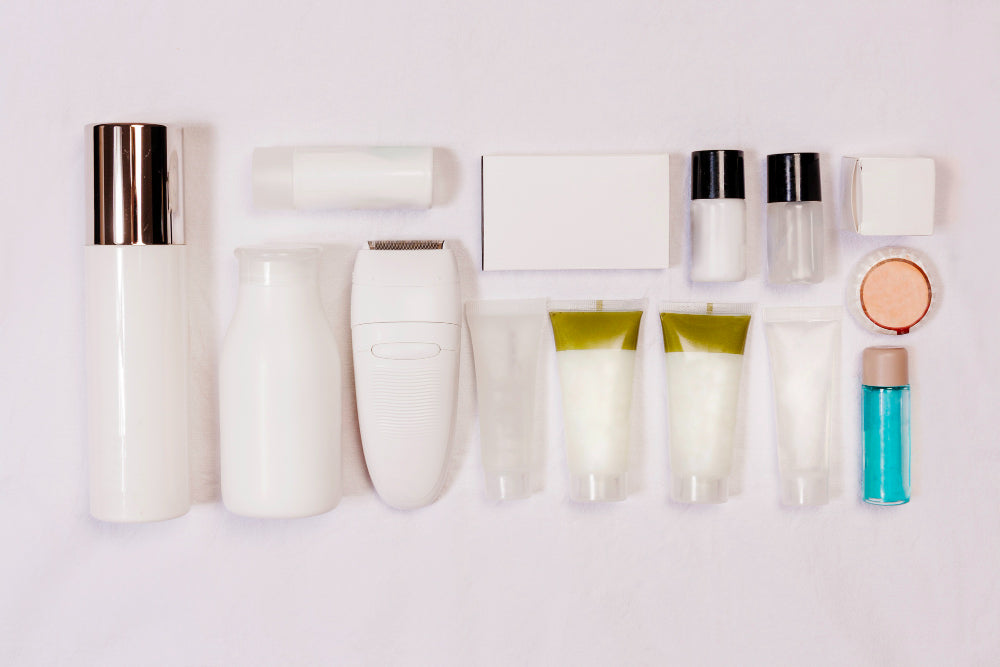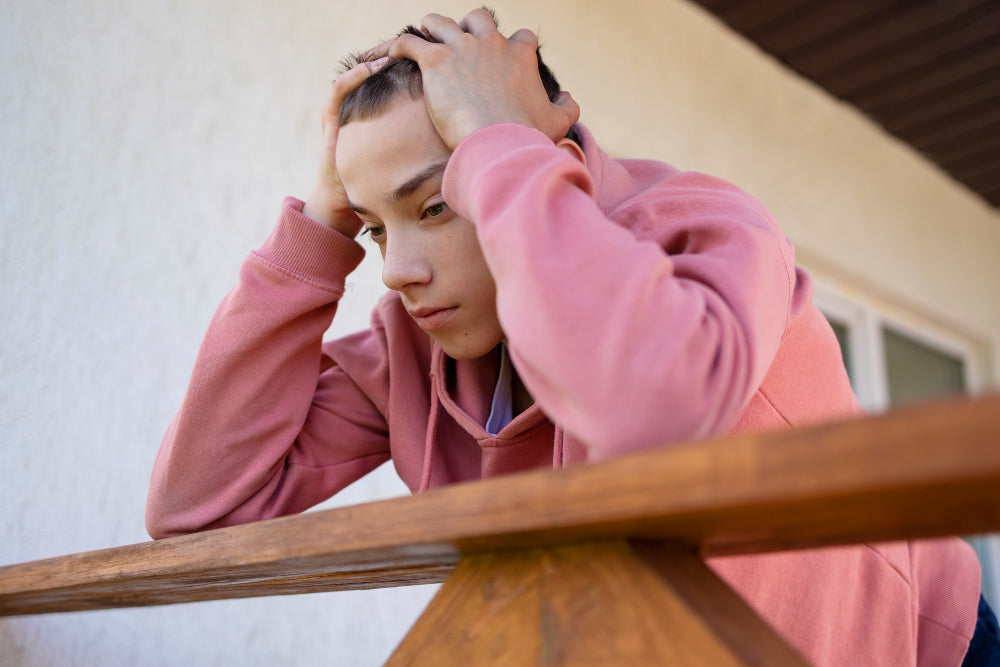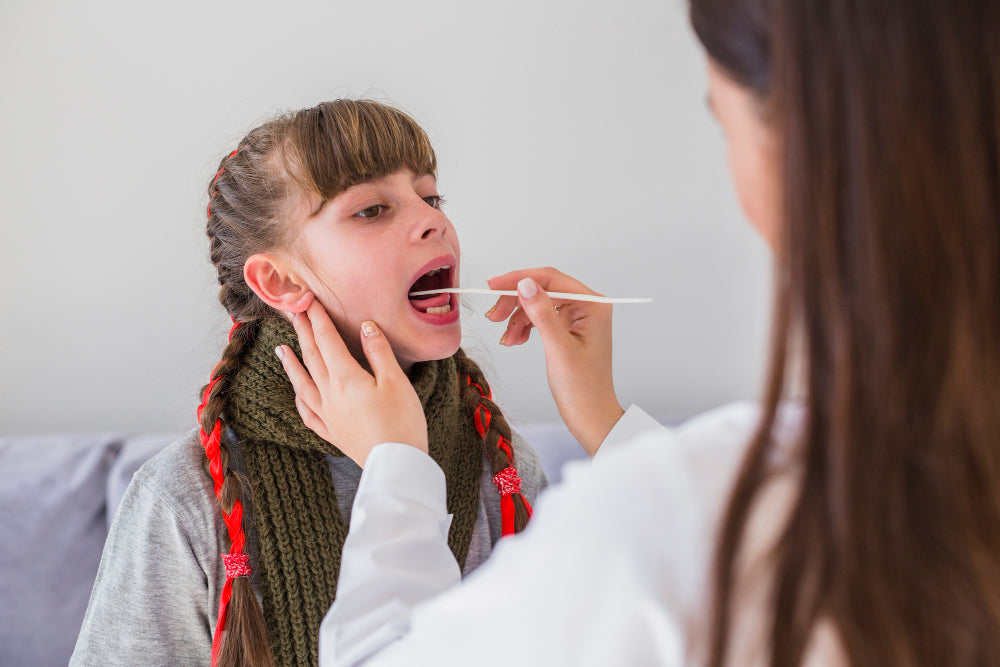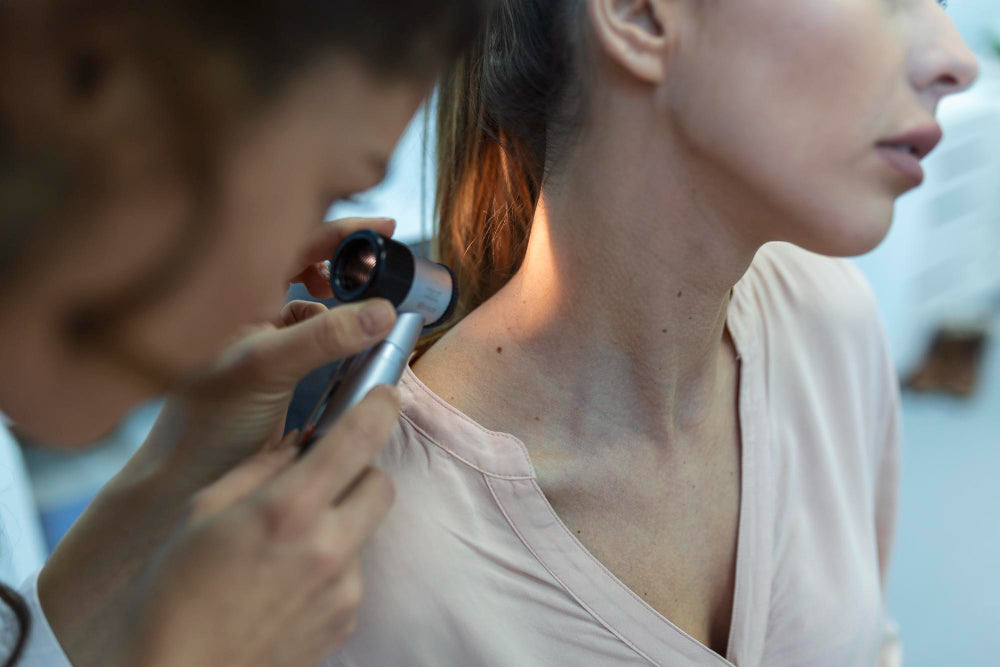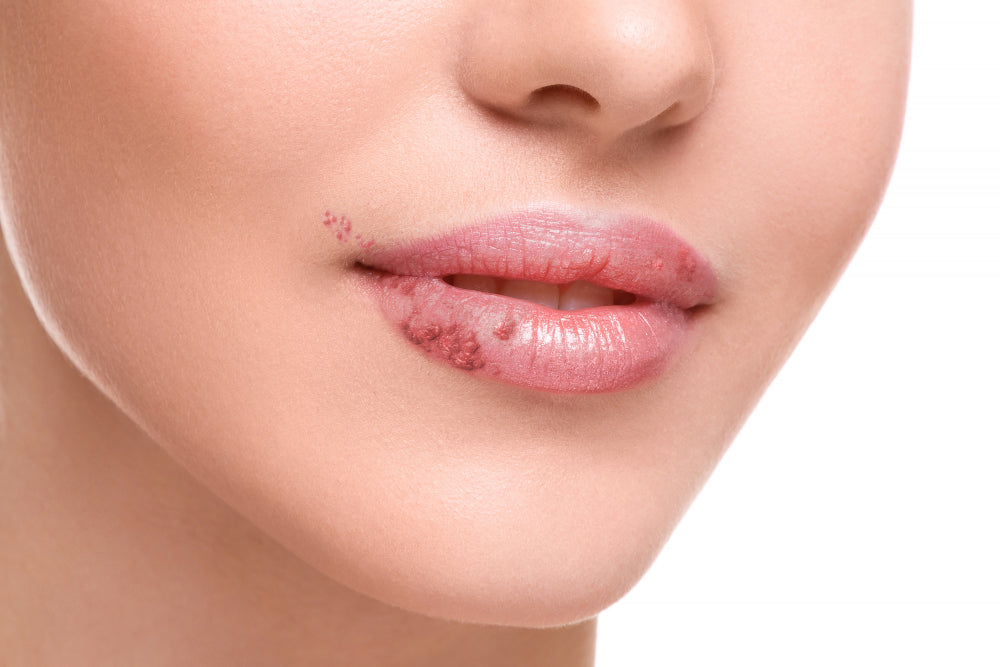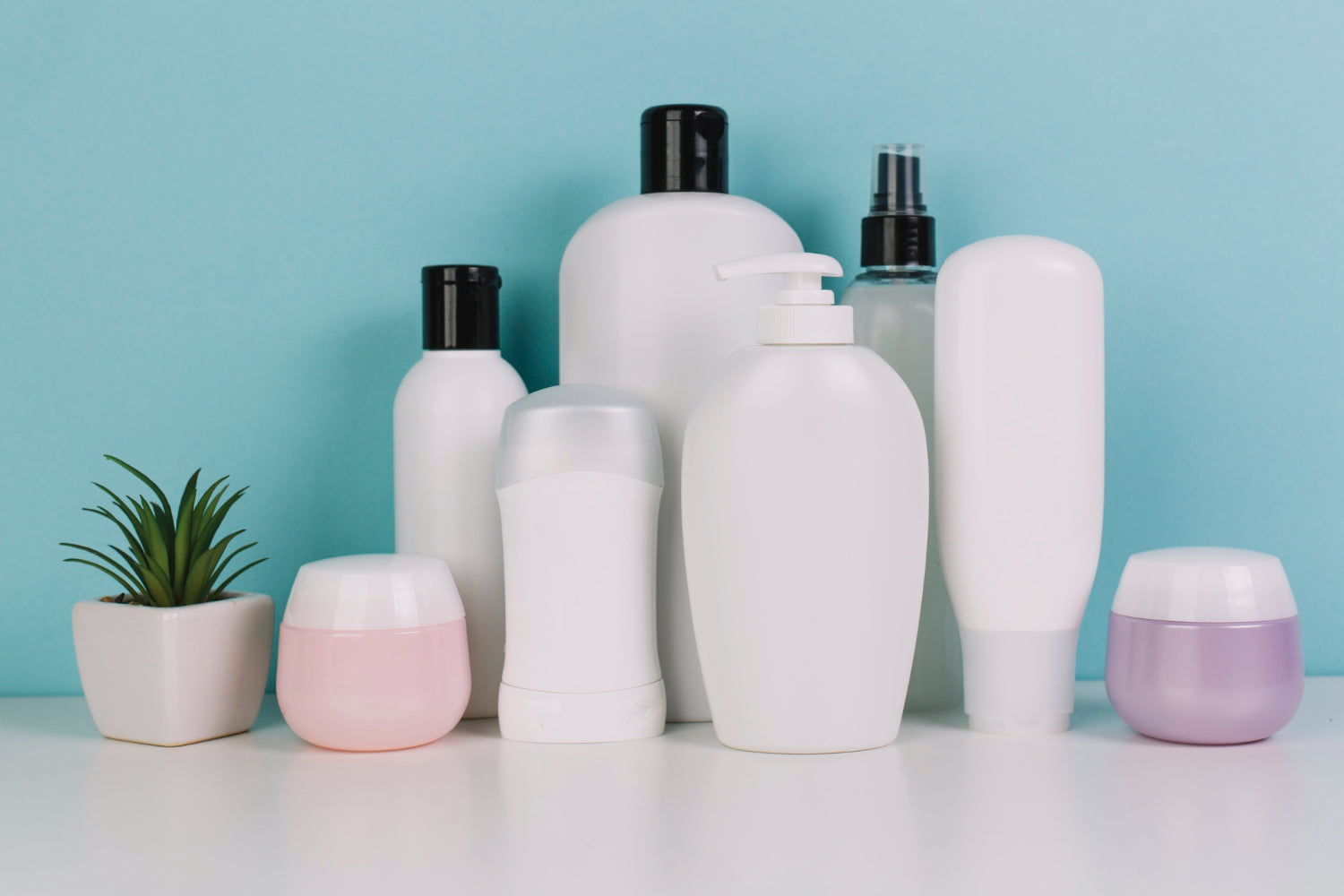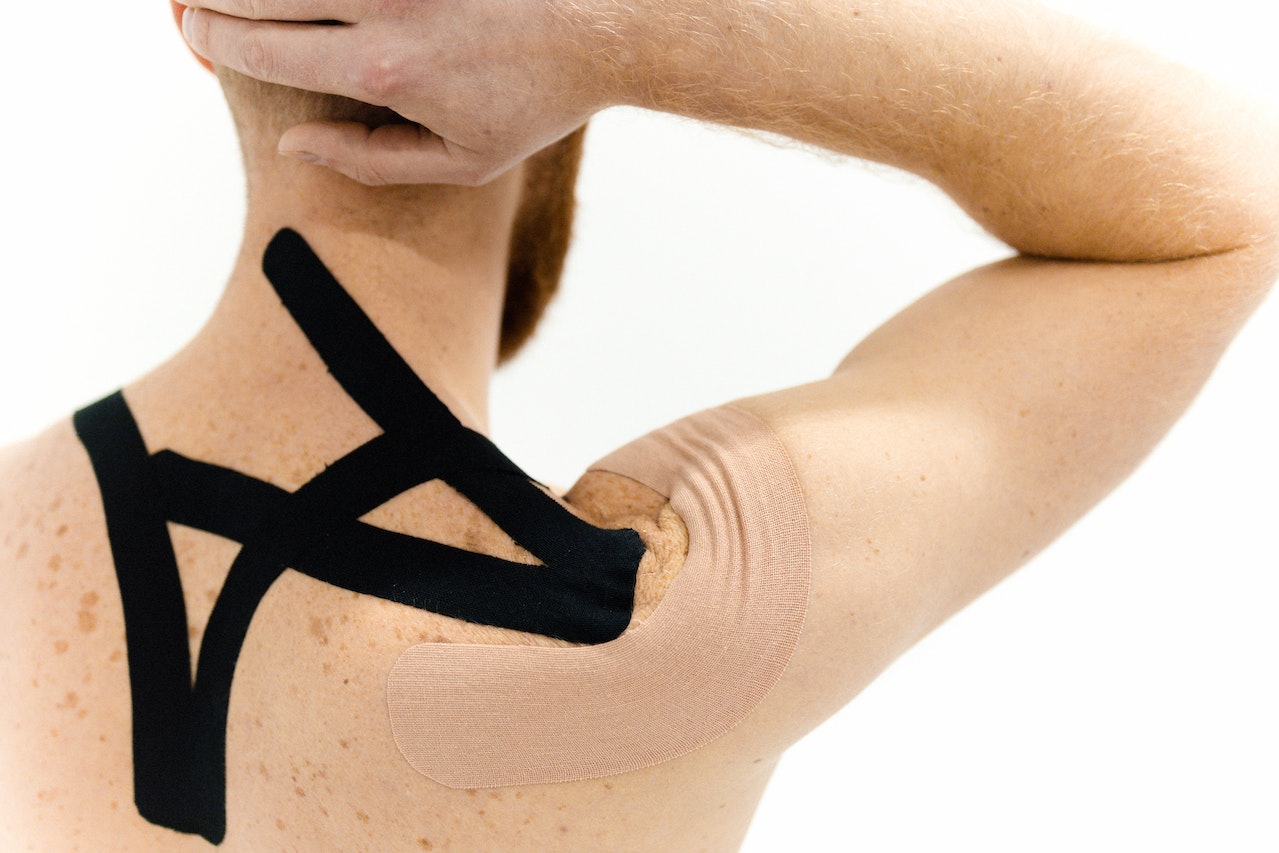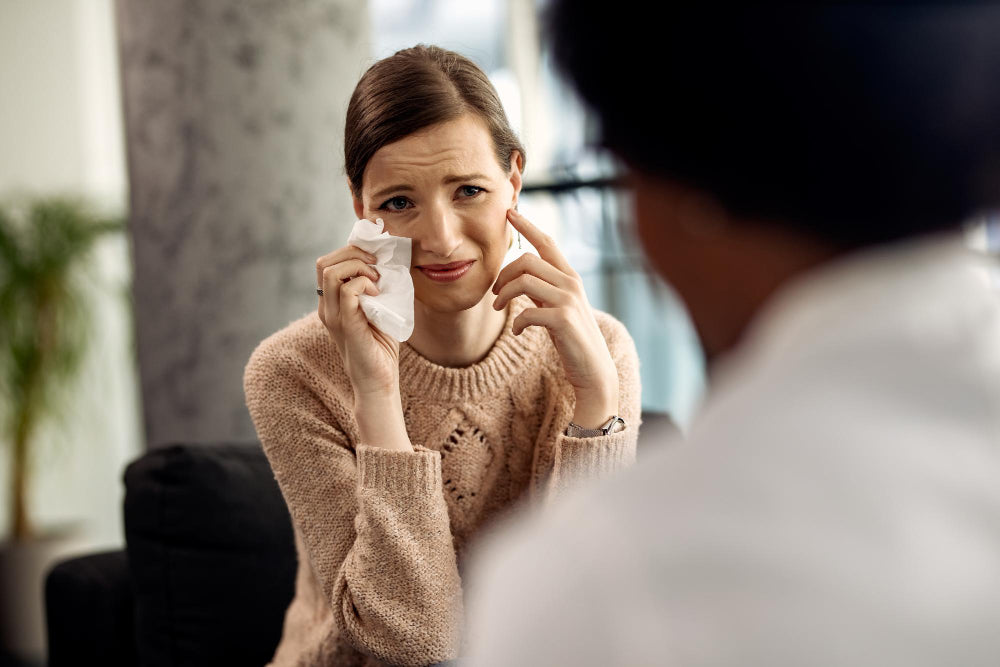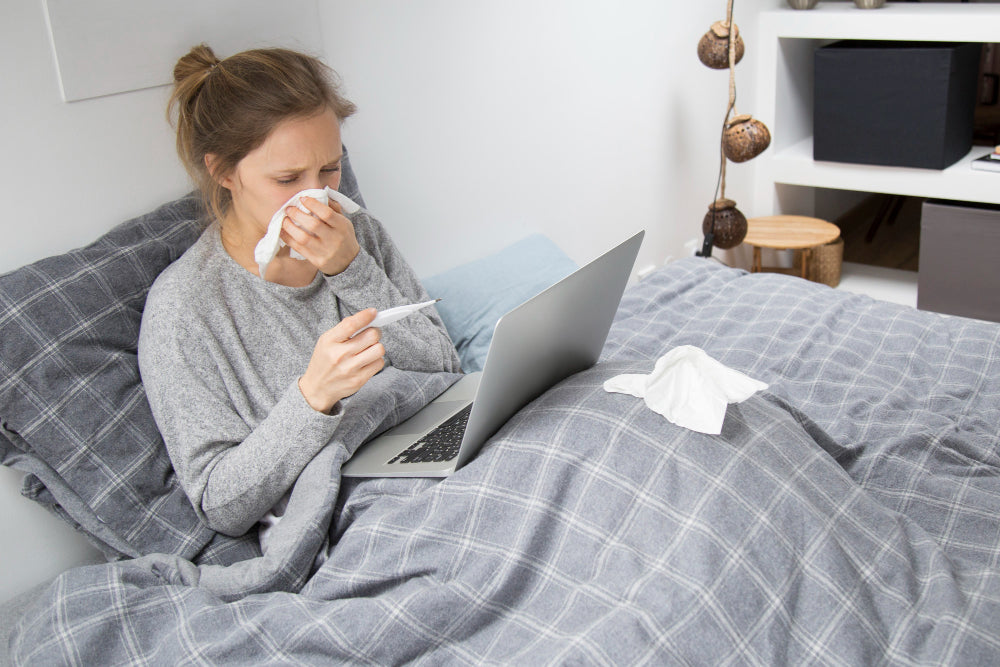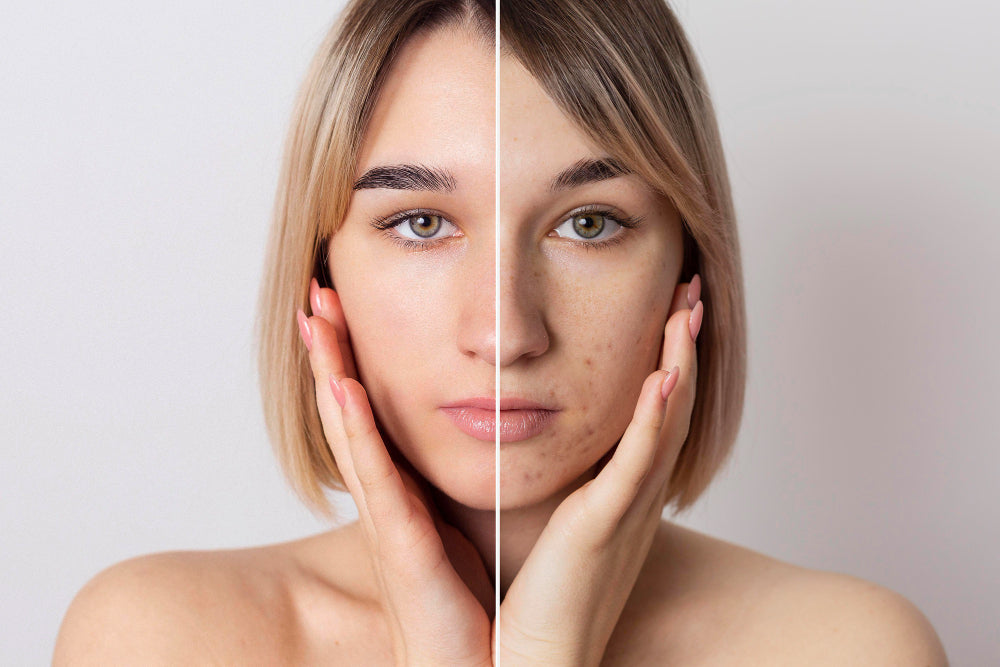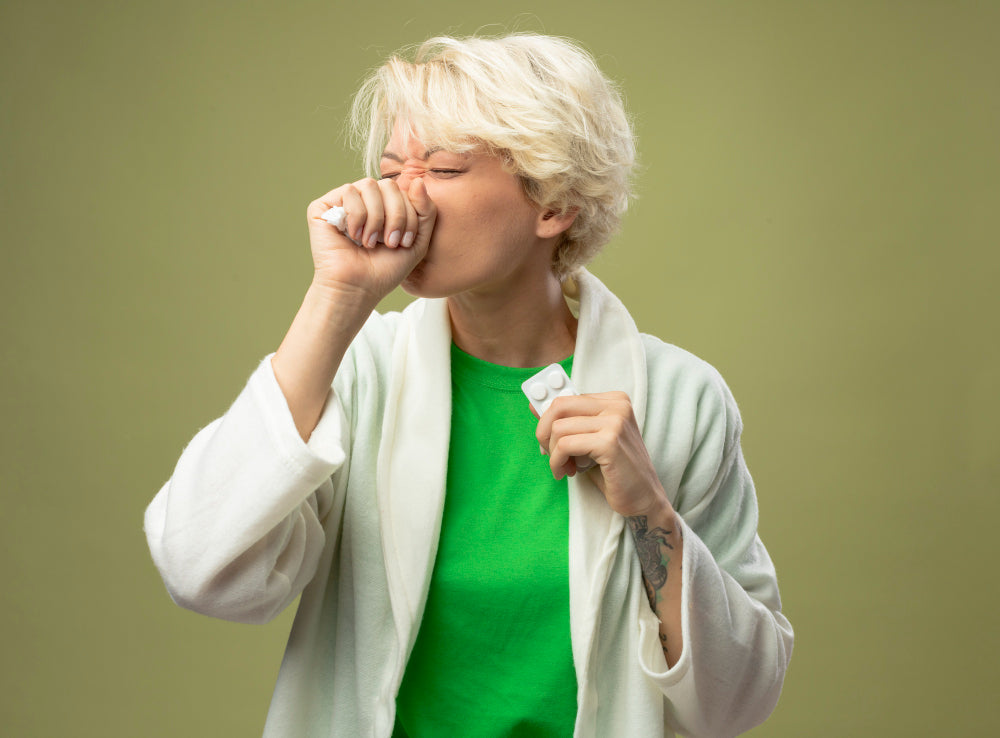There are few things I love more than the first suggestion of spring in the depths of winter. It is often a discernible moment where I can sense the slightest warmth in the air. Unfortunately for some, that warmth brings with it runny noses, itchy eyes, and intense bouts of sneezes. I’m lookin’ at you, hayfever sufferers! I understand that this moment doesn’t spark the same joy for you.
For those of you who aren’t super clear on hayfever, join me on a Contiki tour through this unenviable allergy. The latest research suggests that one in five Australians suffer from some kind of hayfever. You might just find that you or someone you love suffers from this affliction without realising. If so, I am about to improve their lives out of sight!
What is it?
Hayfever is an allergic reaction called allergic rhinitis. Usually, it is triggered by exposure to pollen or dust in the air. It can also be triggered by exposure to certain animals; the shedded skin or saliva from dogs or cats. For the person who suffers from hayfever, their body will mis-recognise these substances as something which is dangerous, possibly a virus or bacteria. Your immune system kicks into gear and tries its best to expel these ‘dangerous’ substances in all the usual ways – producing mucus, etc. That is why it presents like a cold, even though it isn’t actually caused by a virus. The best way to tell the difference between a cold and hayfever is that hayfever will rear up almost instantly, whereas a cold gradually creeps in.
What does it look like?
- Excessive sneezing
- Blocked nose and/or runny nose (sometimes both at once)
- Itchy sensation at the back of your throat
- Watering eyes
- Snoring
When should I keep an eye out for hayfever?
It depends where you live. In NSW and Victoria, it tends to emerge in spring and early summer – anywhere from September to November. If you’re in West Oz, the reaction to pollen can hit as early as July. In the Northern Territory, grass pollen is at its most potent in and around April, whereas Queenslanders face the full brunt from December to April. The reality is, it can emerge at any time so it is best to have an emergency dose of claratyne at your disposal.
Can it progress to something worse?
Sadly, yes. Hayfever can lead to pretty profound sleep disturbances. And a disturbance in sleep can bring its own difficulties which I’ve outlined in other blogs. The congestion in your sinus can progress to headaches and migraines if they are left untreated. You can also experience difficulties in concentration which is the last thing you need when you’re trying to soldier on through sickness. Lastly, it can lead to recurrent ear infections in children and recurrent sinus infections in adults. Basically, it’s not the kind of thing you want to sit by and ignore.
What can I do to avoid flare-ups?
- You can stay indoors on high-risk days, particularly when hayfever is in season. This will mean windy days and thunderstorms.
- You can rinse your eyes fairly regularly. This will ensure that you aren’t allowing pollen or other allergens to penetrate and activate the allergic response.
- You can wash out your nasal cavity with a saltwater spray. Much like eye washing, this will keep your exposure levels to a minimum.
- You can keep a watchful eye on the daily pollen forecast. If it is a high pollen day, stay inside. Simply googling *your region* pollen count will provide you with all the relevant data.
What treatments are available?
Claratyne is about to become your best friend. When your body perceives the ‘threat’, it produces something called histamine. This is the immune system’s way of expelling the threat and it is the cause of all your unfortunate symptoms. An antihistamine fights against this false alarm, reducing the body’s reaction to the perceived danger. Your symptoms vanish because your levels of histamine have returned to normal. Not only that, Claratyne contains pseudoephedrine which works to decongest your blocked nose. By narrowing the blood vessels in your sinus, you’ll be breathing clearly in no time. Of course, you should read the label closely to see if it is the appropriate choice for you. If in any doubt, consult a health professional.
My child suffers from hayfever. What can I do for them?
Simple. Claratyne kids! This has been specially designed for children two years and older, and the chewable grape flavour makes it an easy sell. In fact, I’ve had kids in my pharmacy asking their parents to buy them because they think they are ‘healthy lollies’. Caratyne kids products can make hay fever a thing of the past for your little one! Again, if you’re in doubt, consult a health professional. It is very much worth pursuing though. A small child in pain always breaks me a little bit because they just don’t understand. In my experience, Claratyne kids products go down easily and relieve symptoms. It is a no-brainer if your child can medically take it.
I wonder how many of you now wonder whether you might actually suffer from hay fever after reading this? As mentioned, it is one in five. Think of four people; if they seem fine, it is probably you! That is how statistics work*, after all…
Floyd
Senior Pharmacist – AussiePharmacy.com.au
*Note: This is not at all how statistics work.





